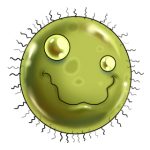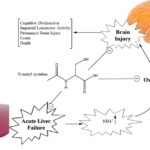Sea Veggies: Nutrient Powerhouses!
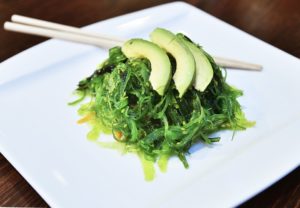 Sea Veggies:
Sea Veggies:
Iodine is a very important nutrient for synaptogenesis and myelination of neurons, and sea veggies are some of the best sources of iodine! In this article, I list all the most popular sea vegetables, and their benefits.
Studies in rats have shown that myelination of neurons is significantly impaired by iodine deficiency and 3 billion people worldwide are deficient in iodine! Iodine is also crucial for metabolism in general because of its effect on thyroid hormones. It also a huge impact on the immune system.
If you read my Full Article on Synaptogenesis, then you know about the importance of DHA, vitamin B12, and choline for growing new neurons and synapses. However, there are many other nutrients that are also directly or indirectly contribute to this process of synaptogenesis and neuro plasticity. They are:
- Vitamin D
- Vitamin C
- Iodine
- Iron
- Vitamin K
- Biotin
- Folate/Vitamin B9
- Pantothenic Acid/Vitamin B5
- Copper
- Phosphatidylserine
- Thiamine
Many of these nutrients are involved in enzymatic processes or other indirect processes so simply consuming these nutrients might not guarantee neuroplasticity on their own. However, its important to note that being deficient in these nutrients can hinder this process.
Sea veggies can be a great source for many of these nutrients especially iodine and other minerals and also B vitamins. Animal proteins like meat and fish as well as sulfur-rich vegetables, brightly pigmented vegetables, and dark leafy greens can also be great sources for these nutrients. However iodine will mostly be found in fish and seaweed.
The Types of Seaweeds:
Brown Seaweeds: Heavy Hitters of Iodine
It is well-documented that during exuberant synaptic plasticity (the first 7 years of human life), iodine is a critical nutrient for the development of the brain. Animal studies have shown iodine deficiency impairs myelination throughout life.
If you have issues with your thyroid, then you want to make sure you are getting the right amount of iodine. The thyroid hormone T3 (triiodothyronine) has three iodine molecules in it, T4 (thyroxine) has four iodine molecules in it. The thyroid regulates your metabolism throughout your entire body so it indirectly affects the brain because your brain needs energy to function.
You wouldn’t want to take massive doses without either knowing what your levels of thyroid hormone are or if you slowly worked up to a higher dose. The RDA for iodine is set at 150 mcg/day because you will get goiter if you consume less than that.
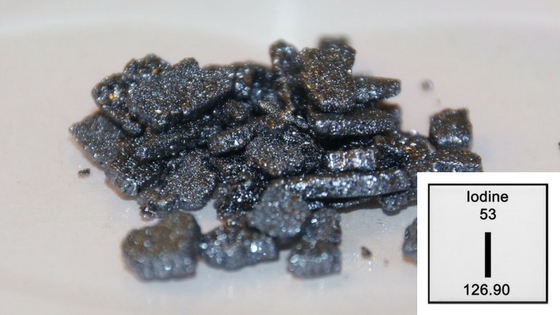
Some of the Lesser Known Benefits of Iodine
Not being sick does not necessarily mean optimal so some of us can get benefits from taking higher doses of iodine.
For example, a clinical study done on women with Poly Cystic Ovary Syndrome (PCOS) and benign ovarian cancer gave these women 3,000mcg or 3mg per day which is 20 times the RDA for iodine!
They gave them 20 times the RDA for 3 months and all of the cysts and tumors disappeared.
However, some of us can have allergic reactions and/or detoxification reactions from higher doses of iodine because iodine is essential to immune system function, myelination, thyroid gland and thus metabolism and more.
Thyroid Issues
Always talk to your doctor or healthcare provider before starting any kind of supplement or dietary changes. This is especially important if the supplement is iodine, and especially if you have issues with thyroid or if you are taking exogenous thyroid hormones.
Usually food is a safer bet, but with brown seaweed, you could get a heaping dose of iodine that could make you feel amazing, or it could make you feel absolutely terrible. Let’s look at the numbers just to see what I am talking about.
- 1 tbsp of Kelp contains about 2000 mcg of iodine (over 10x the RDA)
- 1 one inch piece of Kombu contains about 1450 mcg of iodine (almost 10x the RDA)
- 1 tbsp of Hiziki contains about 780 mcg of iodine
- 1 tbsp of Arame contains about 730 mcg of iodine
- 4 oz of fresh Cranberries has 400 mcg of iodine
- 1 tbsp of Wakame contains about 80 mcg of iodine
- 1 cup of Strawberries has 13 mcg of iodine (only 10% of the RDA)
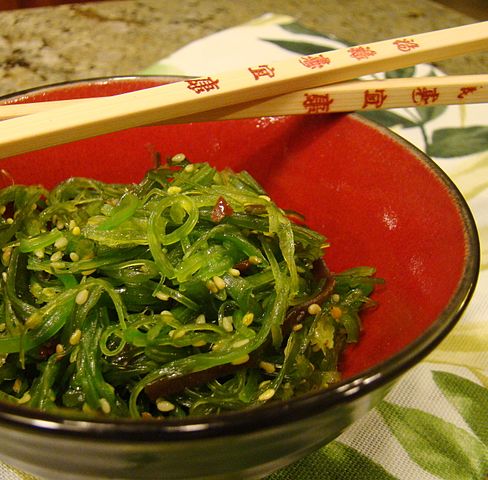
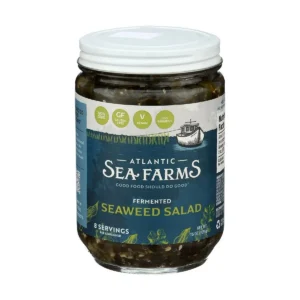 Favorite Products
Favorite Products
I absolutely love and crave this stuff. If you haven’t tried it, do yourself a favor and grab a jar. You know you have something good when you open a jar of it and it starts bubbling slowly like you just woke a creature from a deep sea lagoon! It’s great as a condiment rf side dish. It’ also good on it’s own. I would eat it in a box. I would eat it with a fox. I would eat it here or there, I would eat it anywhere.
Other Pretty Good Sources of Iodine
Seaweeds are the heavy hitters in the iodine arena with the exception of cranberries oddly enough.
Sardines, tuna, lobster, oyster, clams, cod, haddock, halibut, herring perch, salmon, sea bass, shrimp, garlic, Swiss chard, summer squash, turnip greens, and spinach are some of the other sources of iodine.
How Much Iodine I Usually Take
There is plenty to get you past level of acute deficiency in almost all of these foods mentioned above, and in kelp there is even enough to get a therapeutic dosage which could cause issues if you have a preexisting condition related to iodine.
If you can safely take iodine, then you can start reaping the benefits of these superfoods today. Anytime I am feeling under the weather, I will take between 3 mg – 6 mg of iodine from kelp extracts. I have heard of people taking 12 mg – 15 mg for immune system function!
You will have to slowly work up to the dose that you feel is best for you. I do my best to eat a little seaweed everyday so I get used to always having a little bit of iodine every day. I do experiment with cycles of taking larger doses.
It’s important to note that some people have allergies or sensitivities to certain forms of iodine so its important to test with small doses before taking large quantities.
Red Seaweed: Carotenoids
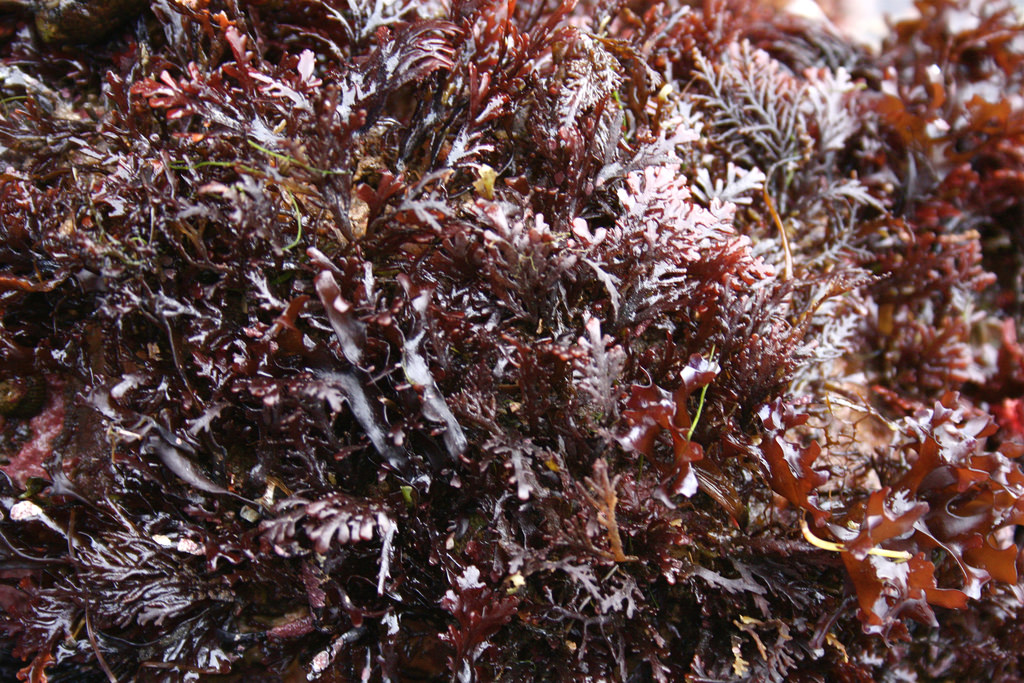
Red seaweed is typically red because of the carotenoid content. Carotenoids like alpha & beta-carotene, lutein, zeaxanthin, and lycopene are all brightly colored pigments that work like antioxidants.
These can all also be converted into fat soluble vitamin A by the liver, but this conversion process is not very efficient especially if your liver has been compromised by drinking, drugs (even tylenol), and environmental pollution.
The Types of Red Seaweed
For example, nori which is the wrap used in most sushi is high in water soluble vitamin A, and in minerals like iron that help to boost energy, circulatory health, and hormone health.
Dulse has the most iodine of all of the red seaweed, but overall it is very low in iodine compared to other seaweeds. It also has carotenoids and other minerals that are essential to overall health and immune function.
Irish Moss is actually a seaweed, and a superfood. It turns into a gelatinous agent that can be used as a thickener for dishes and desserts as it has a very neutral flavor. This gel is very healing to the intestinal lining and mucosa.
Green Seaweed
Sea Lettuce is high in protein, iron, minerals, fiber, B vitamins, and vitamins A and C. It is a little higher in starch/sugar than other types of seaweed, but it also has a lot more protein in it than most seaweed. Sea Lettuce is about 15% protein by weight.
Sea Lettuce is also called green laver, and it is great source of macro- and micro-minerals alike like most of the seaweeds out there.
The Main Edible Types of Algae
We are going to discuss all of the many types of sea veggies, and their benefits over the course of this article. The second major category is that of edible algae.
There are two main categories of consumable algae: green algae and blue-green algae. Most types of algae are not edible. In fact, many varieties are toxic to humans.
However, chlorella, spirulina, and AFA (Aphanizamenon flos-aquae ) are the most common nutrient powerhouses. Red Marine Algae is a less common, but still widely available edible red algae with astaxanthin (the color that makes salmon red).
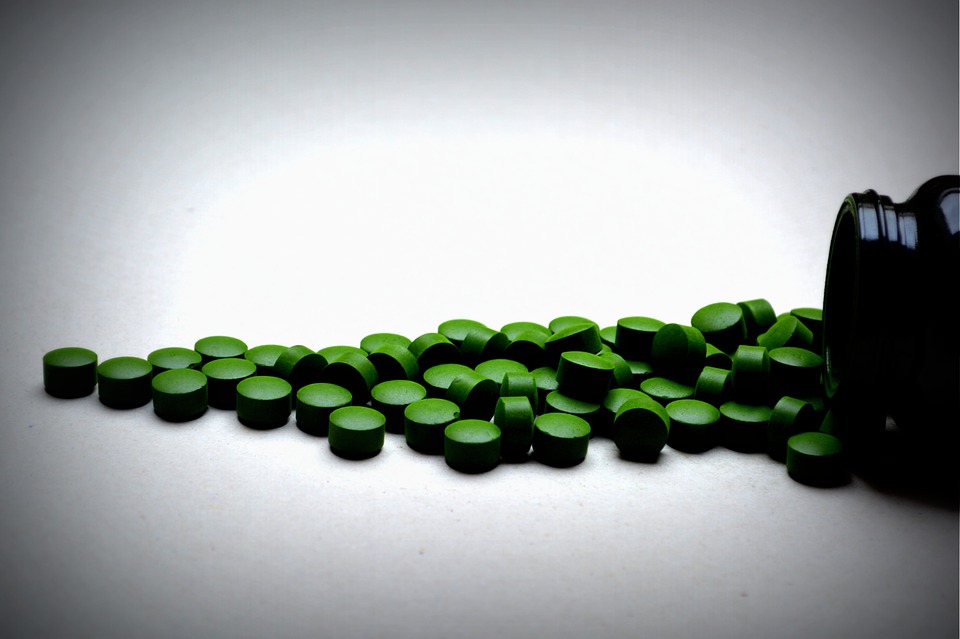
While they are not high in the active form of vitamin B12, they are chock full of many other B vitamins, chlorophyll, vitamin A, and many other antioxidants, minerals, and enzymes.
Chlorella (considered a green algae) has 4 times the chlorophyll of wheatgrass making it amazing for clearing out toxins from the body! Chlorella can also help chelate and bind heavy metals to remove them from our system especially when combined with cilantro.
With the amount of heavy metals in fish and the amount of pollution is our world in general, chlorella and cilantro can be an amazing combination to cleanse our body of neurotoxic metals like lead and mercury.
Blue-Green Algaes
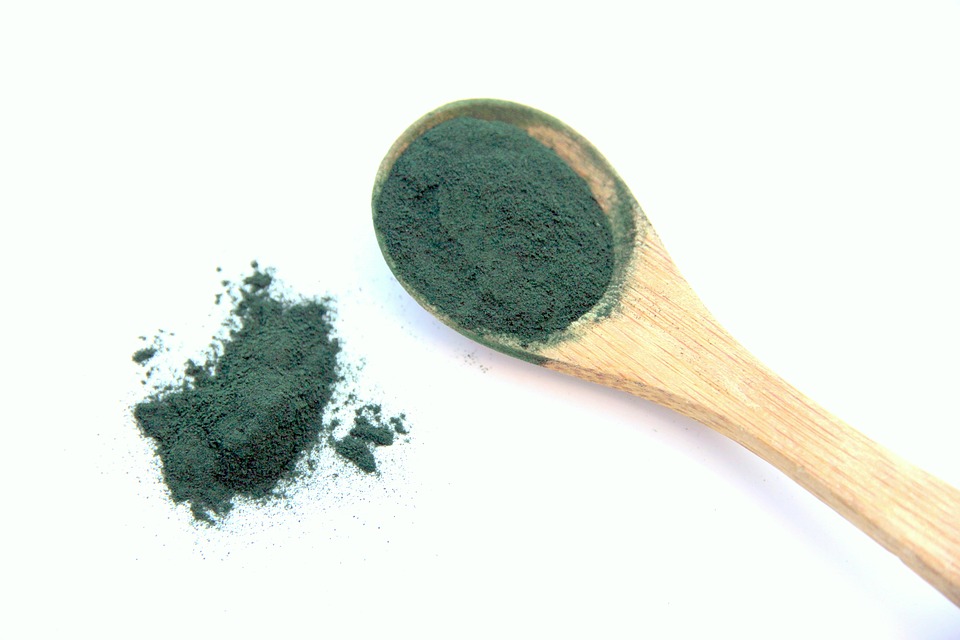
Spirulina and AFA are considered blue-green algaes or cyanobacteria. Both of these algaes contain chlorophyll like chlorella, but they also contain a rare pigment known as phycocyanin which is a COX-2 (cyclooxygenase enzyme type-2) inhibitor.
COX-2 is a major inflammatory pathway that prescription drugs like Celebrex are designed to inhibit. This blue pigment that are what give cyanobacteria their name can inhibit this same enzyme as prescription pain killers.

AFA: Aphanizamenon Flos-Aquae
AFA algae has an even more curious component, and it even more rare than spirulina or chlorella. It only grows in Klamath Lake, Oregon shown in the picture on the left.
It has a rare neuromodulator in it called phenethylamine or phenylethylamine (PEA) that many researchers call this the “love hormone” because it activates a cascade of neurotransmitters that feel similar to falling in love such as beta endorphins.
AFA also contains various mild monoamine oxidase inhibitors or MAOI’s that allow for the PEA to cross into the gut and blood brain barrier much more easily than normal. The feeling is calm, and yet focused. I personally like to take it with spirulina.
Sea Vegetable Chart:
| Algae | Blue-green algae (supplement) Chlorella (supplement) Spirulina (supplement) |
| Red Seaweed | Dulse Flakes (supplement) Irish Moss Nori |
| Brown Seaweed | Bladderwrack Kelp (supplement) Kombu Flakes Wakame |
| Green Seaweed | Sea Lettuce |
Use Cronometer to Explore Different Foods!
I also highly recommend you that you look up each of these on the diet tracking app called Cronometer. You can see all of the amino acids, minerals, vitamins and more in each food.
It’s a free tool that you can use just by signing in with your Facebook, and then searching different foods. You can even use it to track all of your nutrient intakes if you truly want to track what a therapeutic diet means and is.

